Flying Crow Pose - Eka Pada Bakasana
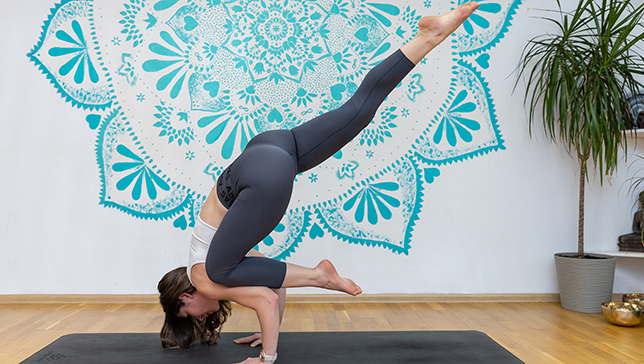
Contents
Flying Crow Pose or Eka Pada Bakasana is an asymmetrical arm-balancing asana and part of the primary series of Ashtanga yoga.
Eka pada bakasana is derived from the Sanskrit eka meaning “one,” pada meaning “foot,” baka, meaning “crane,” and asana, meaning “pose.” Therefore, it may also be referred to as One-Legged Crane pose in English. It is also sometimes referred to as One-Legged Crow pose (Eka Pada Kakasana); however, in the crow variation, the arms are bent, while in the crane variation, the arms are straight.
Pose Detail
- Difficulty: Advanced
- By Type: Arm Balance Yoga Poses, Balancing Yoga Poses, Strengthening Yoga Poses
- Body Position: Inversion Yoga Poses
Step-by-Step Instructions
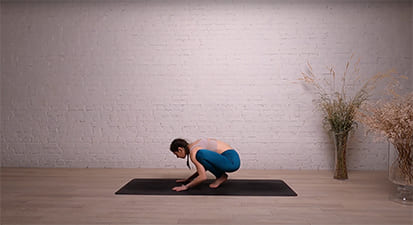
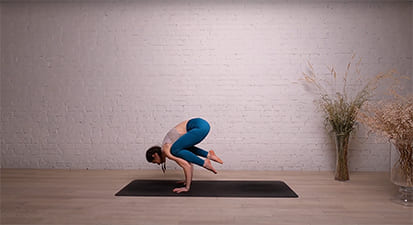
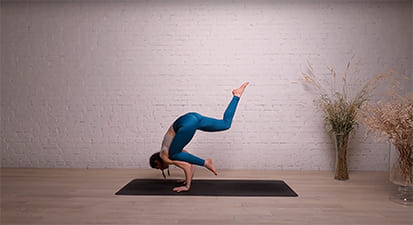
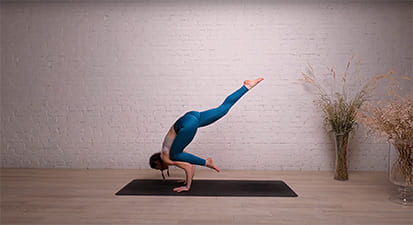
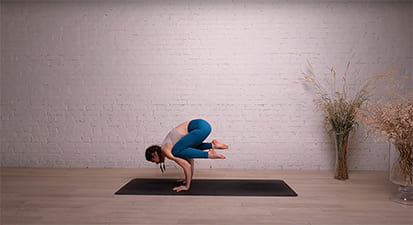
Benefits and Contraindications
Strengthens the arms, wrists, neck, and shoulders
Opens the hips
Strengthens the core
Improves balance
Wrist, shoulder, or lower back injuries
Carpal tunnel syndrome (CTS)
Pregnancy
Photo poses in different angles
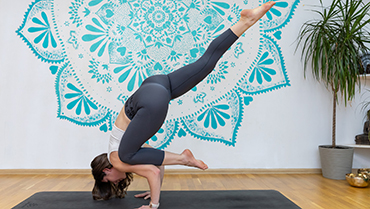
Modifications, Props & Tips
There are a number of variations to lighten or extend this pose. As a beginner, you may use a bolster between your hands or a block underneath your feet.
In case, you are an advanced practitioner, with each exhale try to bring your back leg higher. Also, bringing the forearm of your free arm to your mat will bring you a new challenge to perform this pose.
Frequently Asked Questions
Variations
- Crow Pose
- Side Crow Pose
- One Legged Crow II Pose